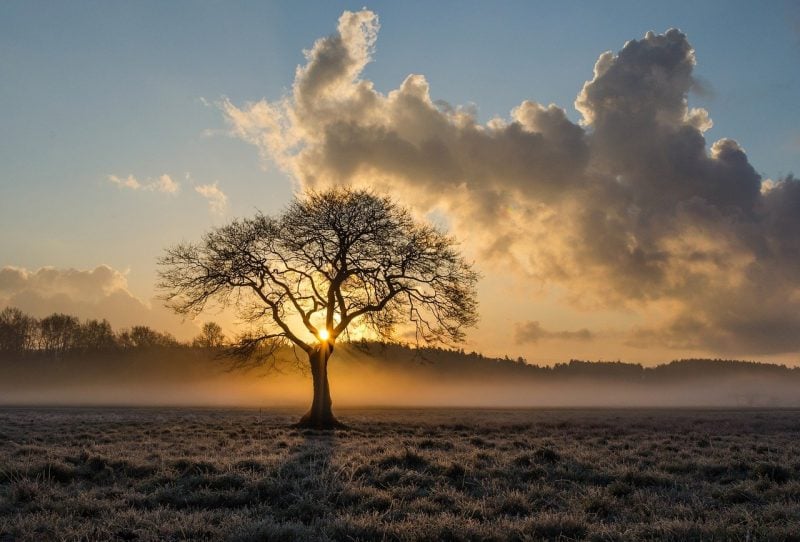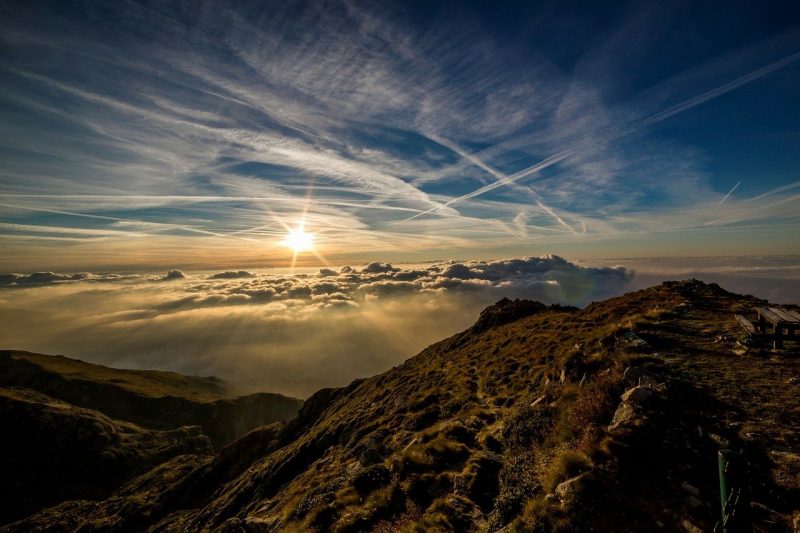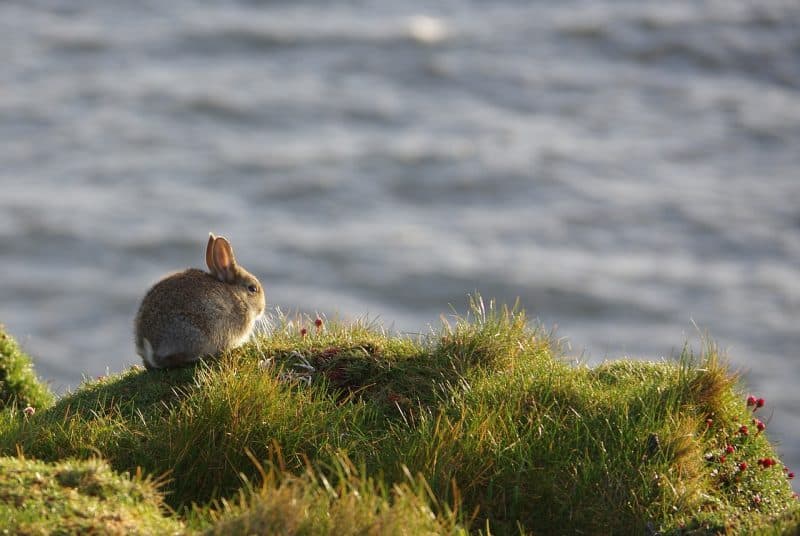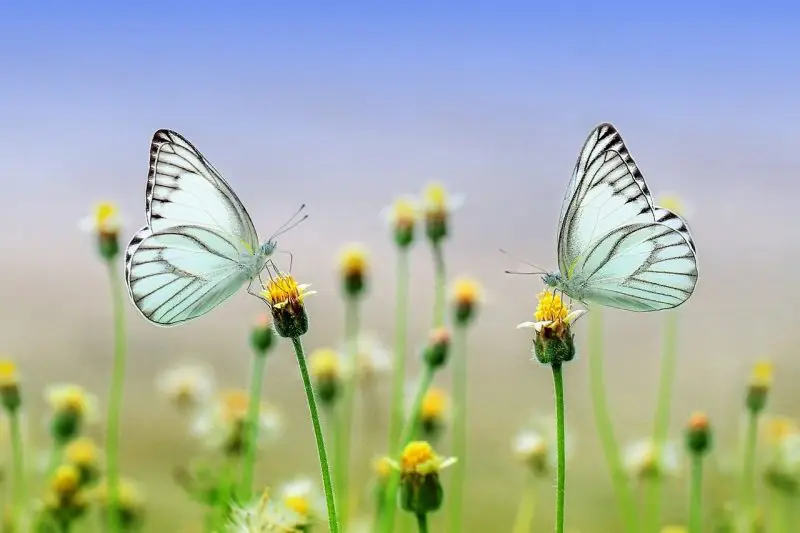Welcome to Connecting to Nature in a Pandemic.
It has been an infinitely challenging year in more than a few ways. The world has been faced with a haunting coronavirus and many have lost their lives, it has shown us that although we are becoming more and more detached from nature, nature can take control in the end.
Natural disasters such as pandemics are predicted to become an increasingly prevalent part of the worlds future should we not aim to become more in touch with nature and more aware of our surroundings. This blog will show you ways in which you can being connecting to nature in a pandemic and in your every day lives.

Climate Change has been indicated as a major catalyst to this natural disaster, and despite all the craziness the world is experiencing, there are things which can be done to remain in touch. Animals Around the Globe, as you know, is a booking platform for animal experiences in the wild.
It is highly selective about the tours which are offered to ensure that all the animals encountered are in their natural and safe environment. However, with the coronavirus pandemic and subsequent travel restrictions and bans we urge individuals to seek nature in their very surroundings.
From where I’m writing this blog, in Cape Town South Africa I am overwhelmed for choice of nature to see. For those of you reading this blog who have visited or even lived in Cape Town know, we have amazing beaches and amazing mountains and in fact most kind of landscape you could imagine. With that luckily comes a great deal of opportunity to get back in touch with nature.
This blog will give you a few ideas to pursue to reconnect to nature from where you are currently living. Make use of the below headings to guide you through the blog, otherwise enjoy the whole blog in its entirety!
Take a walk where and when you can…
Firstly, look out the window…

What does the sky look like from where you are? Step outside on a clear day this summer and look up. What do you see? Blue. And maybe a plane or a bird up there, but otherwise … nothing.
Or so you think. It turns out that right above you, totally invisible, is an enormous herd of animal life. There are so many creatures up there, they are so busy, so athletic, so tiny, that scientists have to fly up and give take a peek just to know what they could potentially see.
When British scientist Jason Chapman did studies on the insects and wildlife in the sky he discovered that there are 3 billion insects passing over your head in a summer month (he was talking about his survey in Great Britain). Closer to the equator, he says, the numbers should rise. He wouldn’t be surprised, for example, that in the sky over Houston or New Orleans there could be 6 billion critters passing overhead in a month.
What Are They Doing Up There?
Sometimes insects and spiders need to leave where they are and go someplace else for food, for mating or just for space. For a variety of reasons bugs disperse. You can see them launching themselves, says entomologist Matt Greenstone:
“They just stand straight up on their little back legs and just by doing that they can get part of their body up into this layer [of air] where it’s more turbulent and then, if you can get a ride on a parcel that’s going up, you can get off the ground and then if you’re lucky you can get carried aloft.”
Next, close your eyes and listen...

The incessant hum of city sounds has left us desensitized, drowning out the melodies of nature. Have you ever pondered the unnatural symphony of car engines, ringing sirens, and incessant phone notifications that envelop us daily? These sounds, foreign to the natural world, have dulled our ability to embrace silence and connect with the non-human inhabitants of our shared environment.
Here, I’ve curated a brief list of four rarely heard sounds in nature. Explore if you can catch these subtle tones in your surroundings or nearby areas!
Natural sounds, constituting a mere fifth of our human senses, often elude our attention to the more delicate harmonies. However, scientists worldwide have strategically placed microphones to capture these lesser-known murmurs and rhythms. Here are seven intriguing examples.
1. The sound of a choking ocean

A red tide is usually seen, not heard.
Red tide, characterized by vibrant and hazardous algal blooms, emerges in coastal seas fed by excess organic nutrients from sources like agricultural runoff or human sewage. These blooms, primarily composed of microscopic dinoflagellates, unleash neurotoxins that paralyze marine life, creating dead zones void of fish and other animals. In 2005, Tampa Bay, Florida, experienced the most severe regional red tide in three decades, resulting in not only a visual transformation of the water but also an unexpected phenomenon: silence.
A study published in Royal Society Open Science details findings from a long-term survey on dolphins conducted by marine biologist Shannon Gowans and ecologist Peter Simard. Placing hydrophones (underwater audio recorders) 15 feet underwater in Tampa Bay during the red tide summer of 2005 and non-red tide summers of 2006, 2011, and 2012, the researchers discovered an unusual absence of sound near Bunces Pass—a channel connecting the bay to the Gulf of Mexico—during the 2005 red tide. Bunces Pass, typically vibrant with healthy mangroves, sea grasses, and marine life, exhibited a stark contrast during the red tide.
Led by Eckerd undergraduate Kate Indeck, the investigation focused on the silenced calls of three marine species, including the high-frequency claps of snapping shrimp. Notably, the snapping shrimp, usually abundant in the area, were muted during the red tide, providing the first evidence of the species being impacted by algal blooms.
2. The burps and moans of sand

Next time you’re at the beach, connecting to nature in a pandemic , traipsing along a sand dune, keep in mind that each step might be creating a little chorus of Gregorian chants.
Physicists from the California Institute of Technology and the University of Cambridge ventured to immense sand mounds in Death Valley National Park and the Mojave Desert to capture the intriguing sounds generated by avalanches. These sand dunes, towering over 30 feet, experience avalanches lasting minutes. Using geophones to measure the velocity of sand particles moved by sound waves, geomechanicist Nathalie Vriend and her team initiated avalanches by sliding down dunes or running a hand through loose earth.
The avalanches produced a medley of harmonies, with special attention given to booming and burping noises in the analysis. Booming and burping sounds were triggered by avalanching sand from the Mojave Desert dune faces. Burps, occurring within the first three seconds, were caused by nonlinear Rayleigh waves, which travel slowly on a solid surface and are associated with seismic vibrations during earthquakes.
These Rayleigh waves displayed nonlinearity, with early waves differing from late waves in amplitude and speed, influenced by the composition of individual sand grains. Additionally, burps exhibited dispersion, breaking down complex noise into basic pitches and frequencies. This research not only unveils the acoustic richness of sand avalanches but also offers an engaging connection to nature amid the pandemic.

Booms occurred later than burps, emerging 15 to 17 seconds after the onset of the avalanche. Booms were primarily composed of fast-moving P-waves that internally traversed the sand dune. In seismic events, P-waves are the initial waves recorded by a seismograph. Unlike the waves associated with burps, these P-waves exhibited linearity and non-dispersiveness, displaying a more regular and harmonious pattern. While faint S-waves were also detected, they played a secondary role.
The natural resonance triggered by a blow on a plate, resonating around the booming frequency, was a phenomenon previously undescribed in literature, according to Vriend, now affiliated with the University of Cambridge. The combined characteristics of burps and booms suggest that the sound produced by large dune avalanches falls between the spectrum of a child kicking sand at the beach and the seismic shifts causing major disasters.
3. Singing Spiders
Need a Ringo Starr for your jam band? Look no further than the “purring” wolf spider, Gladicosa gulosa. While many male wolf spiders are recognized for their mating calls involving leg vibrations against woodland debris, G. gulosa wolf spiders present a unique twist to this musical repertoire.
Beyond merely beating against their “drum,” these spiders generate an accompanying vibration, akin to a backup vocal, that gracefully travels through the air. However, the lead researcher, biologist Alexander L. Sweger, remains uncertain about the intentional nature of these secondary vibrations.
“They’re quiet — nothing on the order of crickets,” Sweger explained to Live Science. “We think this airborne sound is primarily a byproduct. As far as we can tell, they may not deliberately be producing a sound.”
4. A whale song for climate change
If you’re in the mood for a melancholic melody from the depths of the ocean, oceanographer Kathleen Stafford from the University of Washington has the perfect repertoire. Stafford’s team, conducting research at the Pacific and Arctic oceans’ boundary, has been capturing acoustic recordings of whale songs to trace their migratory patterns. Over five years, strategically placed hydrophones along this oceanic border have been eavesdropping on the vocalizations of seals, walruses, as well as fin, humpback, bowhead, and killer whales.
Using passive acoustic monitoring, the team can detect the continuous presence of vocalizing marine mammals, providing insights into their behaviors under various conditions. Stafford’s team has observed a climate-induced shift in whale habits. Male humpback whales, typically known for singing during tropical breeding grounds, now extend their autumnal serenades in the Chukchi Sea, north of the Bering Strait. Similarly, fin whales, which usually summer in the Arctic, have prolonged their stays. Killer whale calls have been irregularly recorded.
Stafford notes that while summer whales have historically ventured north of the Bering Strait, the current numbers and their presence in September, October, and November are unprecedented. Winter-loving bowhead whales, usually arriving after the departure of summer whales, are now reaching the region in the fall. As Arctic ice diminishes due to global warming, Stafford predicts increased overlap between seasonal species, leading to potential competition among the bowhead whales for food and territory.

Connecting to Nature in a Pandemic: Make an effort to really take a walk away from a city setting, for example in a city park, or on the beach or for a hike near you. Besides listening to the sounds around you and observing the sky from where you are, how about exploring your surroundings for what they’re known for.
There are many ways you can take ownership of reconnecting with nature, this blog aims to show you that through observing the sky, listening to faint but natural noises and sounds. And then finally immersing yourself in a natural environment near you and absorbing any little bit of life to help you appreciate nature.
Visit Africa for a trip of a lifetime
Take a look at wildlife encounters in Europe!
Here are more ideas for wildlife encounters around the globe.
Thanks for reading Connecting to Nature in a Pandemic.
If you enjoyed this blog, give our others a read!
Join our Forum for free today!

- Third Elk Incident in Two Weeks in Estes Park, Colorado and How to Stay Safe - July 4, 2024
- 17 Animals That Mate For Life - June 24, 2024
- 13 Animals That Lay Eggs (Some Might Surprise You!) - June 16, 2024


